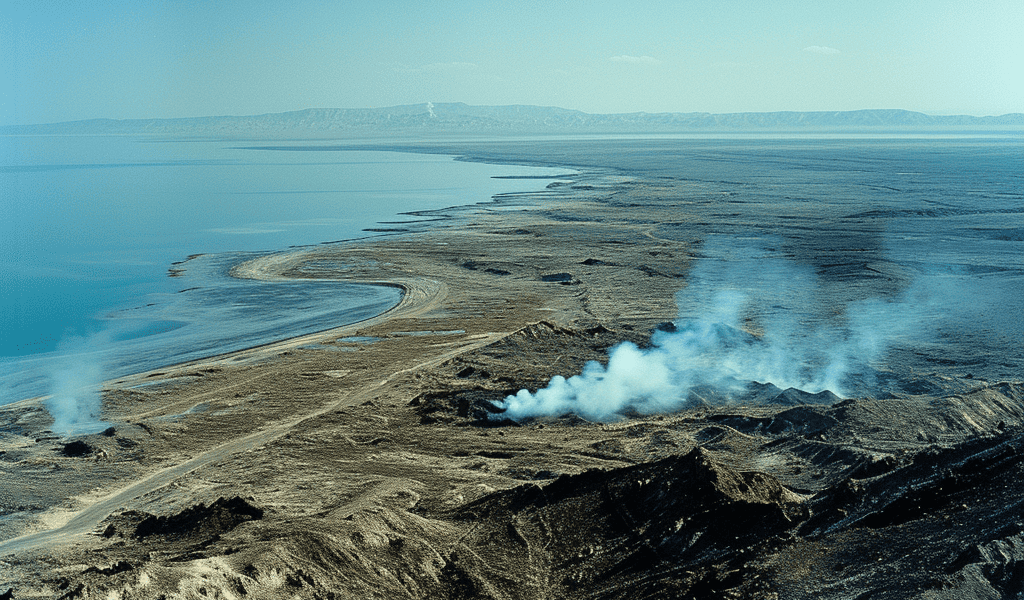Covering the business and politics of space
January 25, 2024
East of Hazar, Turkmenistan, a port city on the Caspian Sea, 12 plumes of methane stream westward. Some of the plumes, detected by NASA’s Earth Surface Mineral Dust Source Investigation mission, stretch more than 32 kilometers.
Turkmenistan’s decision to sign the Global Methane Pledge, a voluntary agreement to slash methane emissions, was particularly gratifying for the people behind NASA’s Earth Surface Mineral Dust Source Investigation, known as EMIT.
Information from the NASA Jet Propulsion Laboratory’s EMIT imaging spectrometer mounted on the International Space Station and other sensors are helping Turkmenistan pinpoint the sources of leaks that made the Central Asian nation the world’s fourth highest methane emitter.
“Last weekend, Turkmenistan signed the Global Methane Pledge,” K. Dana Chadwick, EMIT mission applications lead, announced Dec. 13 at the American Geophysical Union’s annual meeting in San Francisco, prompting enthusiastic applause. “We are incredibly proud to have been able to work with them.”
Satellites are playing a growing role in identifying methane sources at a time when methane is in the spotlight. Last month at the 2023 United Nations Climate Change Conference in Dubai, known as COP28, international leaders called for speedy action to curb methane emissions and eliminate methane leaks by 2030.
“Methane is increasingly being targeted for near-term action, both because it has a very high global warming potential compared to other gases and because of opportunities for rapid, targeted and cost-effective emission reduction strategies that can complement other important climate stabilization programs like reducing carbon dioxide emissions,” said Riley Duren, CEO of Carbon Mapper, a nonprofit focused on measuring greenhouse gas emissions.
The Global Methane Pledge aims to cut emissions of the potent greenhouse gas 30 percent from 2020 levels by 2030. At the conclusion of the tw





